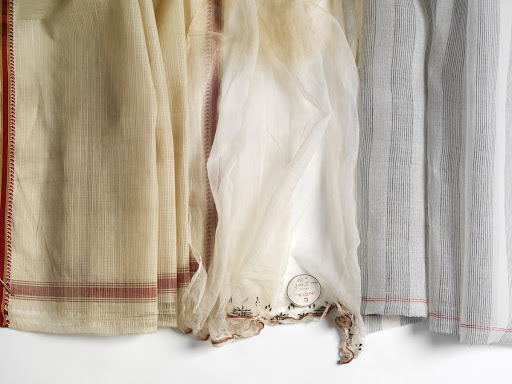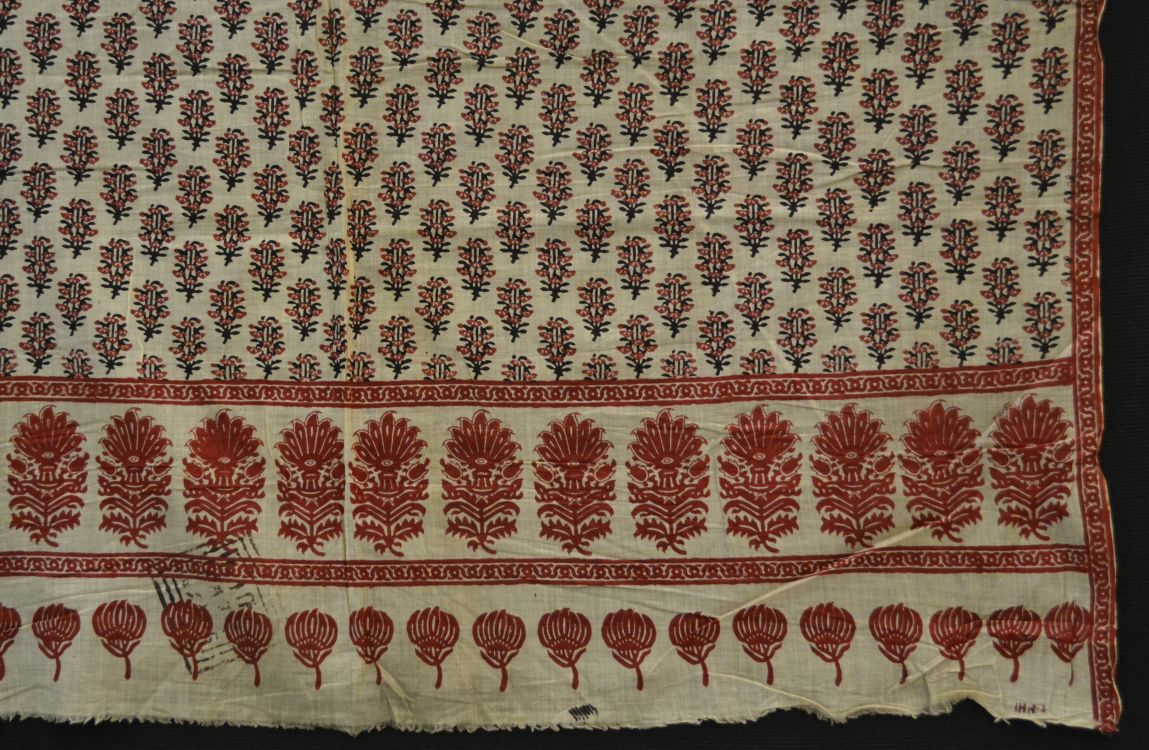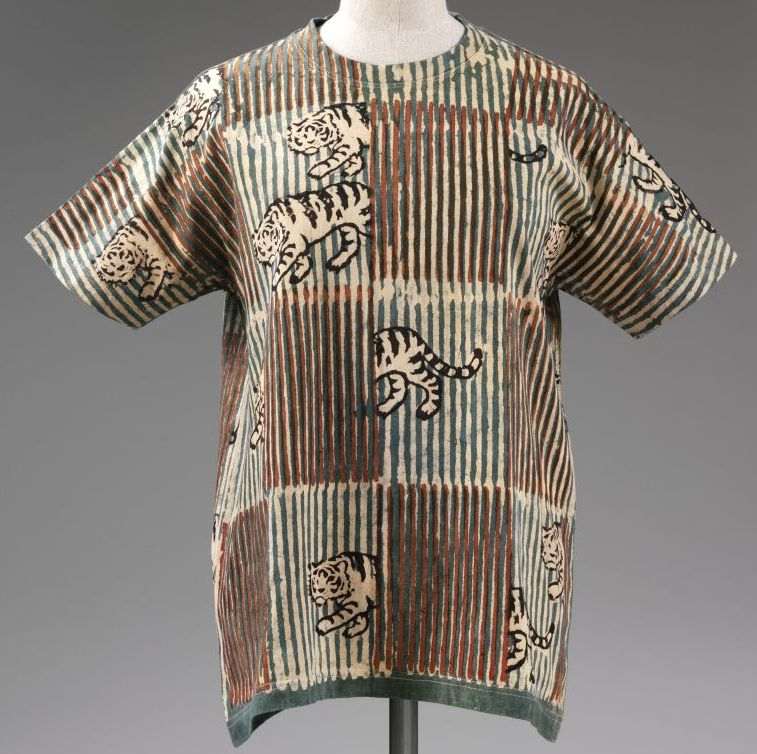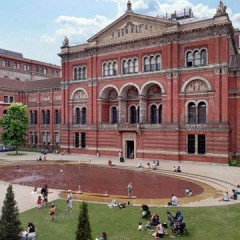Although I was unable to physically go and explore the Victoria and Albert museum, I went on a virtual tour and decided to look into Indian textiles. I found out about the wealth of their materials and the techniques used to make and decorate textiles which were quite interesting.
India’s textiles are embedded in every aspect of its identity e.g. religious worship finds expression through cloth. So much so that in ancient Greece and Babylon the very name ‘India’ was shorthand for ‘cotton’. Even global trade systems were formed on the export of Indian fabrics - supplied cotton cloth to the world for centuries
The varied geographical regions and climates provide a huge range of plant fibres and natural dyes -regions have specialities based on local resources: Assam – golden silks, Bengal – fine cotton. Cotton and silk are the raw materials most associated with Indian textiles. Some examples include:
Woven winds - India’s finest cottons that have airy lightness.
Mulberry silk
Muga silk - reeled from the cocoon resulting in a smooth and shiny fabric.
Eri silk - fibres are spun like wool, giving the cloth a soft rather than silky surface.
Silk skeins -different species of silkworm produce different silks which is reeled or spun and then woven.
Dye
India has natural dyes, especially those for blue and red. Indian dyers’ used mordants (fixing agents) to dye things red which were unrivalled until the invention of western chemical dyes in the 19th century.
An example is the Ikat sari: this sari was made using the single ikat technique, where the dyer colours the crosswise weft threads with a pattern before weaving them with the plain lengthwise warp threads. Neeru Kumar designed this contemporary piece inspired by African colours and patterns.
In India, they were also able to print patterns using wooden blocks but this is mainly associated with the north and west. Dress fabrics used small repeating floral patterns in several colours, requiring multiple blocks. Larger-scale motifs were printed for furnishings and tents. An example of a block printed garment is the Disappearing Tiger T-shirt. This shows off a textile printer’s skills through the placement of the blocks. Block-printers are encouraged to be freer with that process and bring their own unique touch to each garment.
Video on how they carve a printing block - https://youtu.be/AXvE949RxmA
More information on the V&A’s collection of Indian textiles can be found in the exhibition’s companion publication The Fabric of India.
Overall, I found that visiting a museum virtually to be a completely different experience from going there physically. I discovered a lot about the different types of materials used in Indian textiles as well as methods they used to colour clothing and add patterns. Indian dyed fabrics date as far back as 2500BC which can explain how intricate and developed they are nowadays. It was fascinating to see how they were able to add patterns and colours to clothes using natural resources.
Any comments or feedback on my review would be greatly appreciated!




















0 Comments